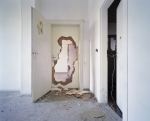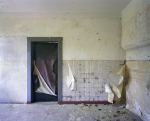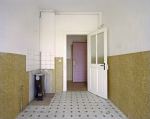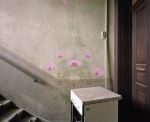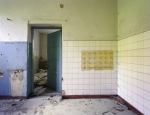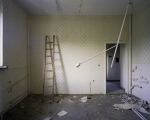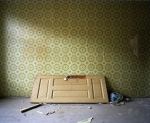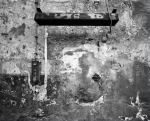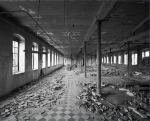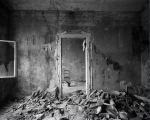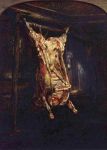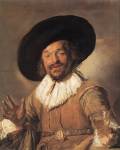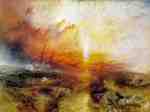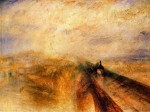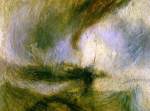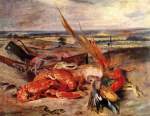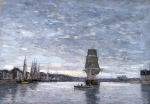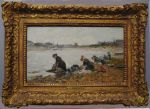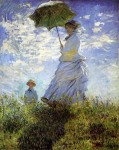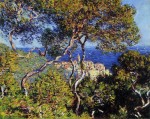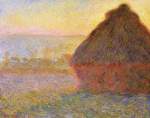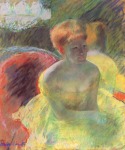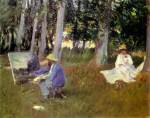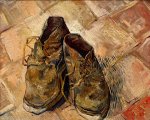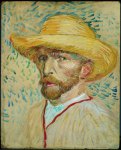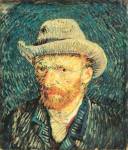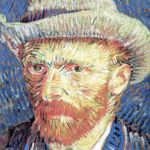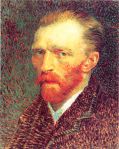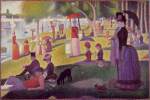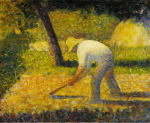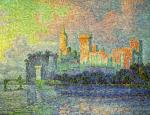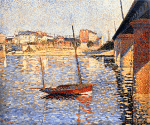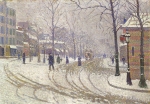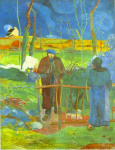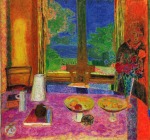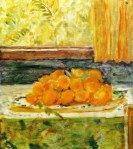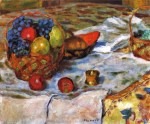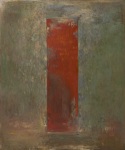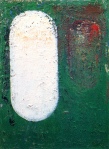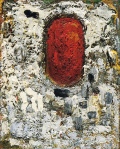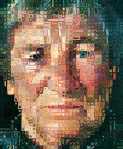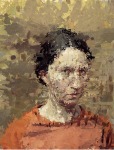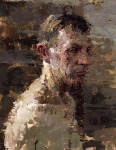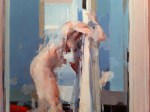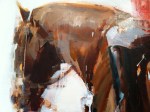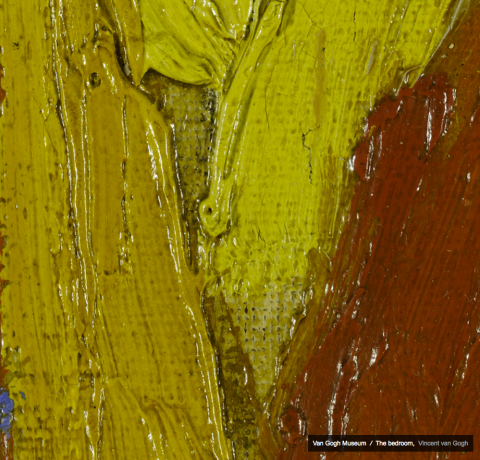Opportunity for Students
February 28, 2011 § Leave a comment
Manifest Gallery in Cincinnati
7th Annual
RITES OF PASSAGE
JUNIORS, SENIORS, and GRADUATES ONE-YEAR OUT
$300 BEST OF SHOW AWARD
Postmark Deadline for Entry: April 13, 2011
From Manifest Gallery’s website:
Every year Manifest seeks to energize students and recent graduates of art and design programs towards higher goals, professionalism, and public-mindedness. Therefore, for a seventh year in a row, we offer this challenge to students and their professors in regional and national college programs to show us what you’ve got, bring it off campus, and share it with the everyday viewing public.
We believe there exists tremendous unexposed quality amongst people pursuing degrees in art and design. Revealing new artists is part of our mission!
NOW OPEN TO JUNIORS AND RECENT GRADUATES!
Manifest’s is now seeking submissions for the Rites of Passage 2011 exhibit. All submissions must be postmarked or emailed no later than April 13, 2011.
One exhibit will feature the best work from artists about to receive or recently awarded an undergraduate degree from a regional, national, or international college art or design program. All entrants must have received or be scheduled to receive a college degree in 2010, 2011, or 2012, and provide an academic reference’s contact info.
For details go to:
Rembrandt Laughing
February 18, 2011 § Leave a comment
A small painting, on copper, of a young man laughing, has recently been authenticated as one by the young Rembrandt who was in his twenties when he painted it. The work is on loan to the Toledo Museum and will be on display in Gallery 24 until May 1, 2011. Ernst van de Wetering, Chair of the Rembrandt Research Project in Amsterdam will give a talk at the Toledo Museum on Thursday, March 3 at 7 p.m.
Fredrik Marsh, 2008 Guggenheim Fellow
February 15, 2011 § Leave a comment
Exhibition and Gallery Talk at Ohio Wesleyan University
Fred Marsh, winner of a Guggenheim Fellowship in 2008 for his photographic work, is exhibiting 8 of his large photographs from his series TRANSITIONS: THE DRESDEN PROJECT at Gallery 2001 in Beeghley Library of Ohio Wesleyan University. The artist will give a gallery talk on Wednesday, February 16, at 4:15.
Artist’s Statement
During a three-month artist residency in Dresden, Germany in 2002 and over the next 4 subsequent summers, I explored the city and its outskirts, finding myself increasingly drawn towards photographing empty structures overlooked in the rebuilding, reconstruction, and renewal process still underway. Encountered during these many extended walks throughout the now familiar city, my efforts concentrated on photographing the detritus of human culture discovered in the decaying interior spaces of vacant factories, abandoned apartments, and hotel rooms. The Dresden Project demonstrates the juxtapositions and ironies still abundant in the post-Socialist world, showing the old and the new as well as the grandeur and the decay of these once-majestic buildings.
Concerned with cross-disciplinary issues of aesthetics, contemporary history, cultural & political geography, this long-term photographic project is my most mature and overarching. Combining a sense of Post-romanticism with traces of the remains of the Russians, the East German military-industrial complex in the uninhabited Wilhelminian buildings left behind, the Dresden photographs convey a mixture of melancholy and beauty, even tenderness, without sentimentality. I felt on the front edge of recording history as I documented these scenes of anonymous human stories.
http://www.fredrikmarsh.com/index.cfm
“Le Petit Tache:” Divisionist Technique and Optical Mixing
February 7, 2011 § 5 Comments
Impressionist & Divisionist Technique
Landscape was the genre in which divisionist techniques were born and most developed, beginning with Turner and Delacroix who began to exploit the observations and theories of Chevreul and Goethe on the optical mixing of color by painting with distinct touches of unblended paint, side by side, allowing the color to “mix” in the eye.
The work of Turner and Delacroix, as well as that of Goethe and Chevreul in the early 19th century, had a profound impact on Monet, Pissaro, Sisley, Renoir, and others of the group that later became known as “Impressionists.” As students, their academic training taught them to shade forms off into brown and black in the shadows. These young painters could see that shadows were actually colored, and that, in fact, the whole visual field was shimmering with color sensation. Local color, the notion that things have a distinct, unchanging color, was shattered in the new awareness of how color, light, and context influence the perception of color. Their dissatisfaction with the limitations of academic teaching led them out of the studios into nature to work out a new way of painting based on the broken touch.
The technique itself was not new but its application was. The Impressionists built on an academic method widely taught in the ateliers of Paris known as the “petit-tache,” or little touch, a technique of applying unblended touches of color which later would be blended with a soft, badger-hair brush to disguise the effect and create a smoother, more refined look. The Impressionists were reviled, not only for their subject matter, which confronted every day realities of contemporary life as opposed to the classicizing conceits of academic painting, but also for exhibiting finished works with this broken touch, a direct confrontation to the tastes of the day. Seurat, and Signac developed the divisionist technique into the style known as Pointillism, based on their growing interest in the scientific application of color physics to painting.
Painters like Cezanne, Van Gogh, Gauguin, Serusier, Bonnard, and many others, were less interested in the science of color than they were in its emotional impact, and pushed color saturation into new subjective realms, developing very personal styles that derived from the use of the “petit-tache.”
- Rembrandt
- Frans Hals
- Frans Hals
- Turner
- Turner
- Turner
- Delacroix
- Boudin
- Boudin
- Monet
- Monet
- Monet
- Monet
- Cassatt
- John Singer Sargent
- Van Gogh
- Van Gogh
- Van Gogh
- Van Gogh
- Van Gogh
- Seurat
- Seurat (detail)
- Seurat
- Seurat
- Signac
- Signac
- Signac
- Signac
- Gauguin
- Serusier
- Bonnard
- Bonnard
- Bonnard
- Jake Berthot
- Jake Berthot
- Jake Berthot
- Chuck Close
- Ann Gale
- Ann Gale
- Alex Kanevsky
- Alex Kanevsky
- Alex Kanevsky
Google Art Project
February 2, 2011 § 1 Comment
Google Art Project allows you to take virtual tours of major world art museums and zoom in on art with incredible resolutions.


